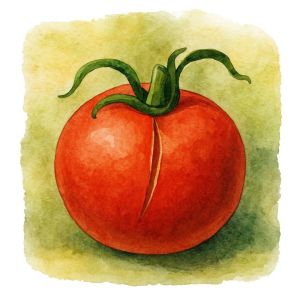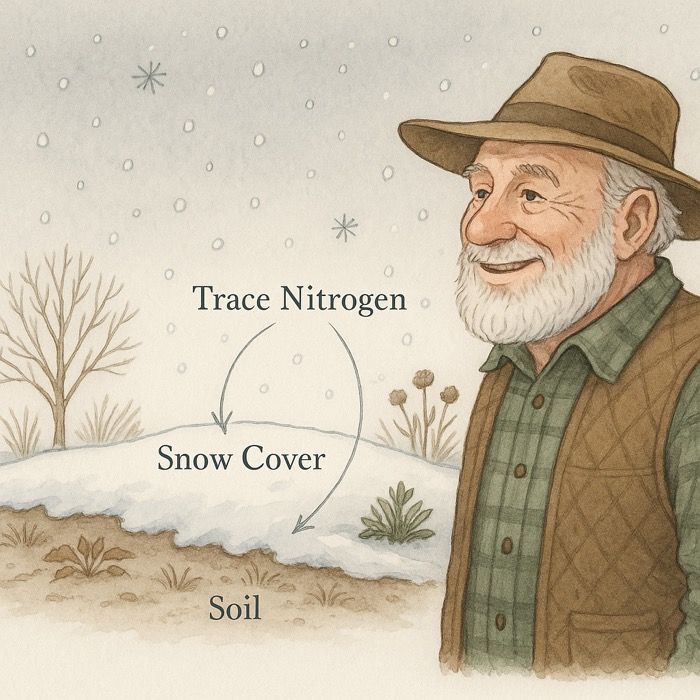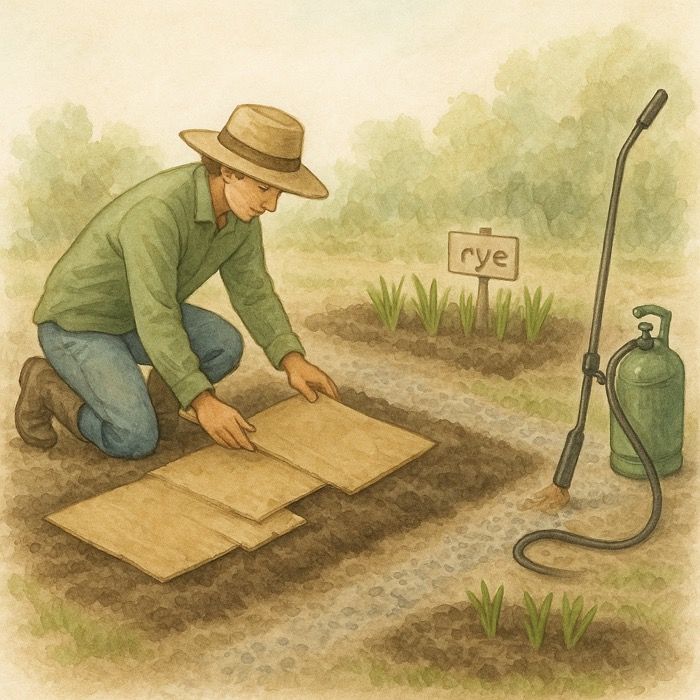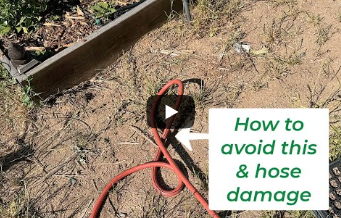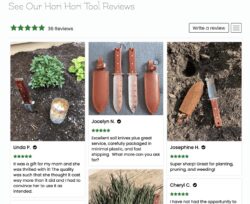🍅 Why Are My Tomatoes Splitting? (And How to Stop It)
A late-summer mystery solved—plus easy ways to prevent future damage.
Cracked Tomatoes? You’re Not Alone.
You’ve waited patiently all summer, watching your tomato plants grow strong and full. Just when they’re about to hit peak ripeness, you spot it—those dreaded cracks running down the skin. If this has happened to you, you’re not alone. Splitting tomatoes are a common late-summer problem, especially after a sudden rain or a change in watering habits. The good news? It’s preventable with just a few simple tweaks.
Why Do Tomatoes Split on the Vine?
Tomatoes split when the fruit takes in water faster than the skin can stretch. This usually happens when:
- A dry spell is followed by heavy rain
- Irregular watering causes moisture fluctuations
- The tomato is overripe and the skin is already tight
- Certain thin-skinned varieties are more prone to cracking
When roots suddenly pull in a lot of water, the tomato swells from the inside—and if the skin isn’t elastic enough to keep up, it splits open.
Two Main Types of Tomato Cracks
Recognizing the type of tomato crack can help you adjust your care routine.
- Radial Cracks – These run from the stem downward like sunbursts. Often caused by inconsistent watering or heavy rainfall.
- Concentric Cracks – These form rings around the top of the fruit, usually from overwatering or late harvesting when fruit is already soft.
Both types are cosmetic issues more than anything—but if left unchecked, they can invite pests, mold, or rot.
Are Cracked Tomatoes Safe to Eat?
Yes—if you catch them early. A split tomato is still edible if the crack is fresh and the interior hasn’t been exposed for too long. Just cut out the damaged area and use the rest. However, toss the tomato if it shows signs of mold, insect damage, or smells sour.
How to Prevent Tomato Splitting
You can’t always control the weather, but you can reduce the chance of cracked tomatoes with these strategies:
1. Water Consistently
Avoid long dry periods followed by heavy watering. Water deeply and evenly—about 1–1.5 inches per week—and stick to a routine. Morning watering is best so foliage can dry.
2. Use Mulch to Regulate Soil Moisture
A 2–3 inch layer of straw, shredded leaves, or composted mulch helps hold moisture and keeps soil from drying out too quickly.
3. Pick Tomatoes Early
Tomatoes continue ripening off the vine. If rain is in the forecast, harvest mature fruits ahead of time to avoid water-induced cracking.
4. Choose Crack-Resistant Varieties
Thick-skinned or plum varieties like ‘Roma,’ ‘Juliet,’ or ‘Mountain Fresh Plus’ are less prone to splitting than heirlooms or cherry types.
5. Support Your Plants Well
Staking or caging keeps tomatoes off the ground, reducing splashback and damage that can lead to weakened skin or rot around cracks.
Master Gardener Tip
When in doubt, harvest early and finish ripening indoors in a sunny windowsill. This preserves the flavor and helps you avoid last-minute weather damage.
A Little Split Doesn’t Mean Failure
Tomato cracks are a natural part of gardening—especially when the weather doesn’t cooperate. With a few proactive changes, you can protect your harvest, enjoy better-looking fruits, and gain confidence as a home gardener.
More From Our Master Gardener
Recent Posts

❄️ Snow as Fertilizer – The Truth About “Poor Man’s Nitrogen”

5 Unexpected Winter Weed Control Strategies (That Don’t Involve Mulch)

Harnessing Winter Sun – Passive Solar Tricks for Your Garden

How to Grow Spinach – The Ultimate Beginner’s Guide for Tender, Nutritious Leaves

How to Grow Peas: The Ultimate Beginner’s Guide for Sweet, Crisp Harvests
